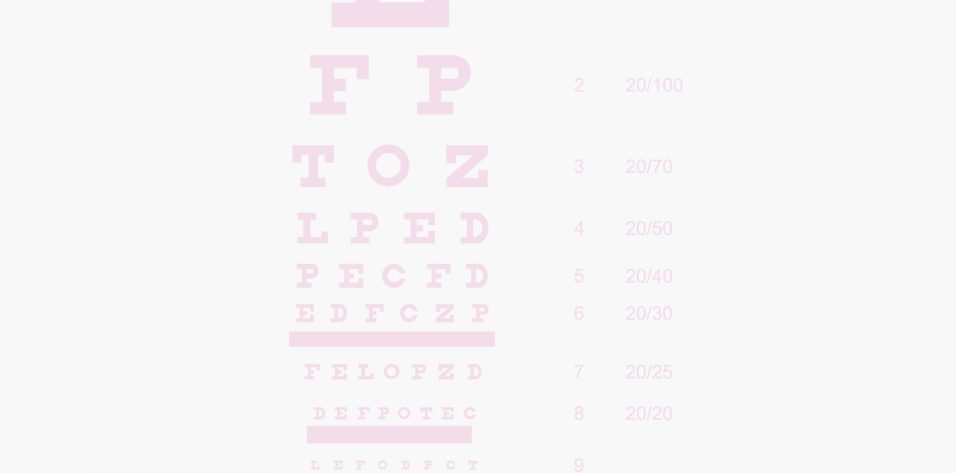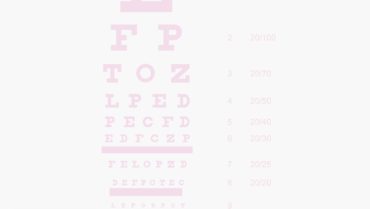
In a survey of 362 CEOs and their respective customers, the global management consulting firm Bain & Company found a huge disconnect between the two groups regarding their perception of customer service delivery. While 80% of CEOs ranked their own company’s customer experience as superior, only 8% of the survey respondents who bought their products or services agreed.1
Based on my own observations as both a patient and consultant, I can deduce that this discrepancy is just as common in medicine as it is in any other field. Most physicians never witness what their patients actually experience during the course of a visit.
Treating patients with respect and compassion should be a cornerstone of medicine, but days get busy, paperwork piles up, and practitioners become distracted. Sometimes patient interactions are not as warm, friendly, or efficient as they could be. Sometimes you just want to get patients in and out. But what impression does this leave? Unfortunately, a less-than-desirable visit is the one that a patient will tend to remember and recount most often.
THE TRUE DIFFERENTIATORS
When I lead patient experience workshops for ophthalmologists, one of the first things I ask is for attendees to write down the top three reasons why a patient chooses their practice over their competition. I then collect the responses and read them aloud one by one. Almost without fail, the same responses are repeated: (1) best or most experienced doctor/staff, (2) best technology, and (3) best price.
In reality, these three perceived differentiators do nothing to differentiate a practice. Any surgeon can claim to be the best or most experienced, but how does the patient know this to be true? Any surgeon can also say that he or she uses the best technology, but don’t competitors likely say the same, even if they use different technologies? As for price, LASIK has already shown us the devastating effects of price wars.
Patients do not judge an ophthalmologist by his or her skills, tools, or knowledge of pathology. Unless they happen to work in vision care, patients have no way of critically evaluating these factors. Patients inherently expect their ophthalmologist to provide good quality vision using the best available tools; after all, that’s your job.
How patients judge you is based on their personal experiences when they engage with you and your team or on the experience of someone else passed along by word of mouth. As with the CEOs involved in Bain & Company’s survey, it doesn’t matter how well you think your team is doing if your patients don’t agree. Personal touches such as making eye contact, extending warm and friendly greetings, demonstrating genuine interest, and carrying on a two-way dialogue serve to separate the good practice from the great practice.
PROCESS VERSUS EXPERIENCE
There is a huge difference between process and experience in a patient visit. A process is the series of steps it takes to get the patient from point A to point B in the care continuum; the experience is the sum of all interactions across the process that shapes the patient’s opinion.
Streamlining back-office functions with technologies such as the automated consignment management systems offered by Johnson & Johnson Vision and Alcon allow a practice to better allocate resources to patient care and customer service rather than administrative tasks. The practice can then use those resources to incorporate informative technologies aimed at educating and demonstrating value to patients to enhance their perception of the practice.
For example, the Visual Behavior Monitor (VBM; Vivior), coupled with detailed questionnaires like the one I developed in Survey Monkey for Carones Vision, can provide objective insights into how patients use their vision on a daily basis, paving the way for individualized treatment discussions. New science-driven vision simulators, like Alcon’s IOL Vision Simulator, that incorporate defocus curves, patient biometry, and real-world scenarios can allow patients to envision the personal benefits they may experience with different IOL options.
To derive the most benefit from any of these technologies and have them be well-received by surgeons, staff, and, ultimately, patients, it is important to consider in advance how to integrate them into the overall process of the patient visit. Before you introduce a new technology, map out a practice-specific integration plan that goes beyond product training and clinical support. The plan should assist the entire team in knowing exactly when, where, how, by whom, and to whom a technology should be offered.
A WORD OF CAUTION
Technologies such as those mentioned here can enhance the patient experience, but the technology should never be the patient experience. Although Facetime (Apple) allows me to see my mother and hear her voice, it cannot provide the warmth of her touch when I need it most. The same goes for technology in our practices: When it comes to creating a positive patient experience—one that patients will want to share with others—technology will play an increasingly important role, but it should not outweigh the importance of a personal relationship with patients (see The Patient Interaction). Take time to understand your patients and what they ideally want, provide a recommendation for their personal best option, and strive not only to meet their expectations but to delight them along the way.
THE PATIENT INTERACTION
Customer expectation is defined as the behaviors and actions that individuals anticipate when they interact with a company, according to Salesforce.com.1 Historically, these expectations were basic (ie, the delivery of quality goods or services and fair pricing), but growing competition and more sophisticated technologies have led discerning consumers to comparison shop. This practice of searching for better value often leads to patients demanding more proactive customer service.
Today, the deciding factors for choosing one business over another often relate to attributes such as improved efficiency and ease of use, special discounts and offers, or recognition and status perks. And competitive noise raises the bar for delivering on customers’ expectations. It’s difficult for a business to be all things to all people without diluting its message or compromising quality, which is why most large companies focus on one key element to differentiate themselves within the market.
Until now, medical practices have dodged significant pressure to change how they interact with patients. At best, improvements usually revolved around work efficiencies rather than the patient’s overall experience. In Europe, where most countries provide nationalized health care reimbursement, patients benefit from routine medical visits and procedures with limited out-of-pocket expenses. As a tradeoff, they accept what may be considered impersonal, time-consuming, and bureaucratic processes. From the patient perspective, the more expensive alternative—private medicine—offers only two main advantages: choosing a specific doctor and getting an earlier appointment. For some, the benefits do not justify the price.
Most patients, whether private or public, expect to pay in advance, wait (sometimes for hours), interact with indifferent staff, and be treated like a problem to be solved rather than a person with feelings. The acceptance of apathy in health care is slowly starting to change, and a shift in delivery expectations is coming to medicine—albeit years behind what has occurred in other industries.
National health care budgets are stressed, populations are aging, and wait lists for specialists or procedures are growing. Patients are looking for ways to expedite their care, and they are considering private medicine. This creates both an advantage and a challenge for private practitioners. Private patient volumes may increase, but these patients, influenced by other industries, will likely exercise a consumer-minded approach to selecting a provider. Word of mouth will still play a significant role, but internet-savvy potential patients will likely do ample research before scheduling their first appointment.
The good news is that the bar is set so low for customer service in medicine that any true effort on the part of a practice will provide an immediate competitive advantage. But beware: The competition pool will expand. Physicians and practices with an established reputation of providing more—whether related to efficiency, a personalized approach, general customer service, or procedure offerings—will capitalize on any influx of patients. New providers in a market or established providers who wait too long to initiate improvements in patient experience will face more challenges in finding their niche.
Now is the time for private practices to critically evaluate their overall patient experience, including convenience of appointment scheduling, wait times, friendliness of staff, patient flow, customized treatment options, patient education, and direct access to the physician. Failing to meet customer expectations can have a devastating (and often immeasurable) impact on a business.
Remember this: A happy customer will usually tell you, and an unhappy customer will usually tell everyone else. With the use of social media today, everyone else can amount to hundreds or thousands of potential patients. Understanding and proactively addressing expectations for the patient experience is essential for the health of any private medical practice.
1. Salesforce website. Customer expectations hit all time highs. https://www.salesforce.com/research/customer-expectations/. Accessed January 2, 2020.
1. Allen J, Reichheld FF, Hamilton B, Markey R. Closing the delivery gap. How to achieve true customer-led growth. 2005. Bain & Company. https://www.bain.com/contentassets/41326e0918834cd1a0102fdd0810535d/bb_closing_delivery_gap.pdf. Accessed December 2, 2019.

In my 25 years of consulting in refractive surgery, I have rarely met a surgeon who doesn’t want to grow his or her practice, and for good reason: Helping more patients become less dependent on glasses or contacts is a noble goal. Sadly, though, the adoption rates for both LASIK and premium IOLs are below our expectations. The problem is that practices have focused too much on patient outcomes and not enough on the patient experience.
Look at the agenda of any professional meeting focusing on refractive surgery. You are likely to find that 90% to 100% of the presentations are devoted to improving the safety or efficacy of today’s available procedures—even though these procedures already have outstanding outcomes. Further technical improvement won’t add much toward the goal of growing the market. If that were the case, we would have seen it by now. Additionally, the technology available today is far superior to the technology available in 1996, when PRK was approved by the FDA, or in 2005, when CMS approved patient pay for refractive IOLs. We can’t wait for yet more new technology to create a breakthrough in consumer demand.
THE EXPERIENCE ECONOMY
In my view, the biggest opportunity to grow the refractive surgery market lies in improving the patient experience. Many physicians believe that their practices already do a good job in this area, but, if your goal is to attract the discretionary spending of consumers, then I would suggest that you are not yet good enough.
Being nice is necessary but not sufficient. Even if you and your staff are extremely nice to your patients, they can still leave your practice frustrated and less than satisfied. This was part of what inspired the title of my upcoming book, Beyond Bedside Manner: Insights on Perfecting the Patient Experience (see New Resource on Patient Experience).1 You and your practice must have the cultural values, defined protocols, and systems in place to respond to your patients’ increasing needs and desires as customers.
NEW RESOURCE ON PATIENT EXPERIENCE
Written as a series of insights that fall under one of the six key value drivers for today’s practices, Beyond Bedside Manner1 (www.beyondbedsidemanner.com) builds upon many of the concepts from Shareef Mahdavi’s monthly column in Cataract & Refractive Surgery Today, which ran from 2001 to 2007, and from his work with clients on The Experience Economy2 methodology. The book is written for doctors, administrators, supervisors, and front-line staff—all of whom have the opportunity to positively impact the patient experience and help the practice grow.
The book, published by Story Seven Publishing, is scheduled for release in April.
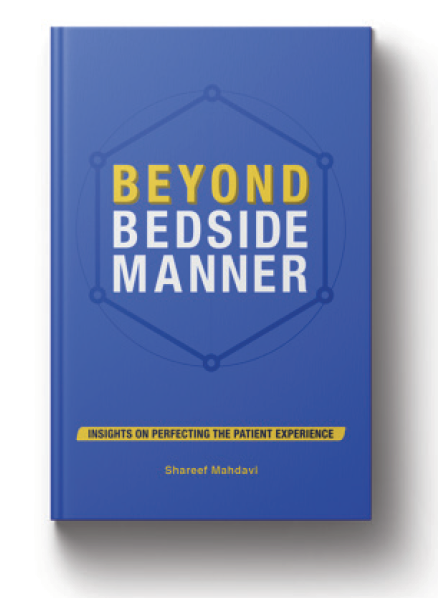
Across most industries, customer experience has become the key battleground for differentiation and competitive advantage; the profession of health care is just late to the game. The Experience Economy, by Pine and Gilmore, was a groundbreaking book when it was published 20 years ago.2 Today, the philosophy it set forth has evolved into a widely adopted means by which businesses can continue to grow. Companies of all sizes are realizing that, in addition to charging for the goods and services that consumers purchase, they can charge for the time spent in an experience.
Wine tasting used to be free; now wineries routinely charge a tasting fee. The American Girl store is free to enter, but there is a cost to join your child and his or her doll in the salon, theater, or café. The popularity of TopGolf as a social activity for family and friends validates what the experience economy is all about: People want to save money on increasingly commoditized goods and services in order to spend more of their money (and time) on experiences.
Another classic example is Starbucks. Over the past 20 years, the coffee chain has gone from less than $2 billion in revenue to more than $26 billion.3,4 During that same time, the price of coffee as a commodity has not increased (Figure 1).5 Clearly Starbucks isn’t selling just coffee; they have succeeded in getting us to pay $4 to $5 or more for an item that costs less than $0.15 to make.
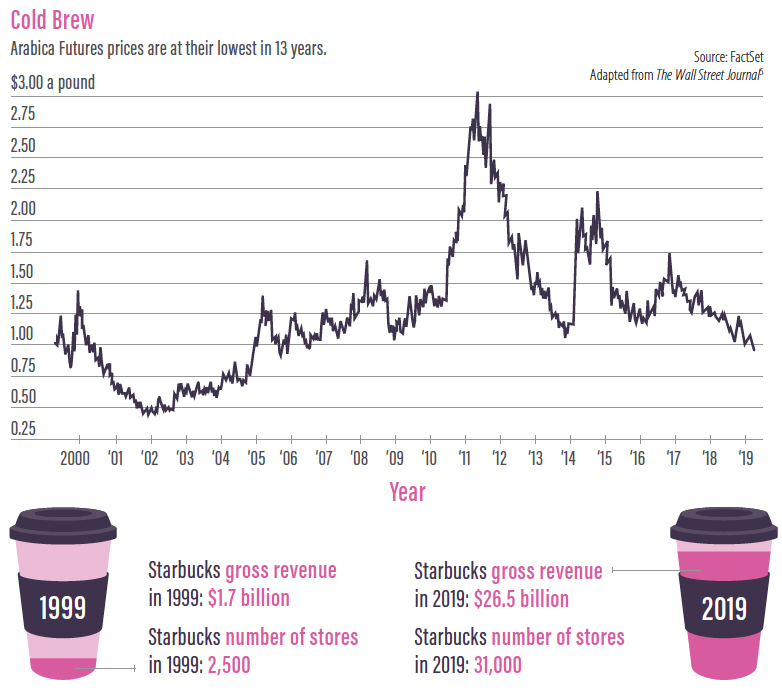
Figure 1. Starbucks’ growth in revenue and units from 1999 to 2019 (see infographic below line graph)3,4 versus the commodity price cost of coffee in the same time period.5 This shows the power of both customization and commoditization, two opposing forces in the experience economy.
THE REFRACTIVE SURGERY EXPERIENCE
In the latest edition of Pine and Gilmore’s book,6 they introduce several ideas that have particular relevance for refractive surgery. First, the nature of competition has changed with the introduction of the smartphone. If what you offer isn’t compelling or engaging, it’s as easy as pulling out an iPhone for your potential customers to find something that is more worthy of their attention. The authors emphasize that you are competing for customers’ time, attention, and money. You should think about all three when asking, “How can we get more patients to choose our practice’s refractive surgery offerings?”
In our increasingly busy world, competition for the time and attention of consumers is fierce. Advertising and marketing are expensive, and these have limited effect in capturing their attention. If you want their business, you must be engaging and make their experience with you time that is well-spent.
In this edition, Pine and Gilmore also introduce a new framework, the money value of time (MVT), which quantifies the value you are creating based on the time spent by the customer. For Starbucks, the MVT is about $0.05 to $0.10 per minute; for a 2-hour movie it is $0.10 to $0.15 per minute. The play “Hamilton” commands $5 per minute, whereas a skydiving session runs about $200 per minute (Figure 2).
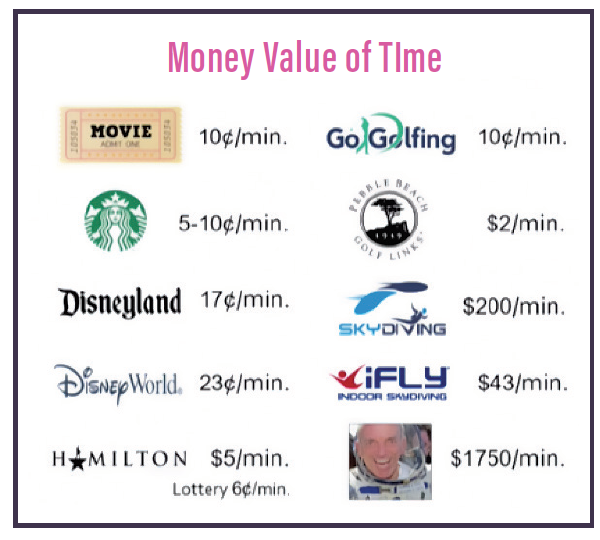
Figure 2. The MVT demonstrates the value consumers are willing to pay for measured on a per-minute basis.
Courtesy of Strategic Horizons
Applying this concept to LASIK, the MVT is approximately $15 per minute, if pre- and postoperative care is included, or $133 per minute if it is not. These are the numbers from your perspective. What about from the patient’s perspective? The benefit they derive from what you do will be realized 16 hours a day for the rest of their lives. From that perspective, MVT becomes fractions of a penny per minute. The authors call this infinite ROI, and you can use this concept to help consumers understand what an investment in their vision can bring to them relative to their other spending options.
GOOD BUSINESS SENSE
The answer to future market growth lies in the customer experience and in your dedication to improving it for your patients. Differentiating your practice on anything besides your patient experience is futile: Your surgical experience, choice of technology, and (should you so choose) low price points are not sustainable approaches. But developing a practice culture that pays attention to customer service paves the way for you to design a patient experience that is unique and memorable.
Services are about what you do (ie, the task), but experiences are about how you perform the task. Practices that are dedicated to treating people as both patients and customers are reaping the rewards. The patient experience that their teams work hard to create does the heavy lifting, and less energy (and money) is spent in marketing and advertising. Concentrating on the patient experience just makes good business sense.
1. Mahdavi S. Beyond Bedside Manner: Insights on Perfecting the Patient Experience. Oklahoma: Story Seven; 2020.
2. Pine BJ, Gilmore JH. The Experience Economy: Work is Theater & Every Business a Stage. 1st ed. Brighton, Massachusetts: Harvard Business School Press; 1999.
3. United States Securities and Exchange Commission. Starbucks Annual Report 1999. https://www.sec.gov/Archives/edgar/data/829224/000089102099002151/0000891020-99-002151.txt. Accessed December 12, 2019.
4. United States Securities and Exchange Commission. Starbucks Selected Financial Data, 2019. https://www.sec.gov/ix?doc=/Archives/edgar/data/829224/000082922419000051/sbux-9292019x10xk.htm#s14B68583CA895857B93E38650FA902B3. Accessed December 12, 2019.
5. Hodari D. Coffee Prices Plunge Even Though We Can’t Stop Drinking the Stuff. April 22, 2019. Wall Street Journal.
6. Pine BJ, Gilmore JH. The Experience Economy: with a new preface by the authors: competing for customer time, attention, and money. 2nd ed. Brighton, Massachusetts: Harvard Business School Press; 2019.

There’s nothing in my professional journey that means more to me than how I make someone feel. The practice of medicine involves supreme trust between two individuals and is, therefore, so intimate that it is an amazing opportunity to touch someone deeply.
Service is the action of helping or doing work for someone. Quality service is highly important in a business. I see the experience we create as something special we do with our service to make someone feel—hopefully—special. If service is the bone, then experience is the meat on the bone.
You can greet someone at the front desk in an efficient manner with no wait and provide good instructions as to what is going to happen next, and that would be considered giving good service. Or you can do the same thing with a smile on your face, and in your eyes, while standing up from your seat and shaking the patient’s hands and remembering his or her name from the last time he or she was there (Figure 3). Is it the good service or the heart-touching, experiential, personalized greeting that the patient will remember most?

Figure 3. Smiling and calling patients by name can elevate the patient experience.
Courtesy of Vance Thompson, MD, FACS
EXPECTATIONS UP
As a professional who takes care of people, you can imagine the difference between providing a good service and providing a good service that makes someone feel more special than he or she ever has felt in a medical or business interaction. As a result of this mountaintop feeling, that patient’s expectation for how other businesses should treat him or her also goes up. More businesses today are understanding the importance of the experience, and this is what I see as new in modern-day medicine.
Patient expectations are going up in medicine because high-performance businesses are showing them experiences that they have never had before. Doctors provide a service that is often a need. You will most likely have a busy practice and business, even if you don’t work on the experience. But do you want to be average, do you want to do traditional medicine, or do you want to be above average—not only in the practice of medicine but in how you make your patients feel?
TEAM CULTURE
I know what I want to be, and it starts with my looking in the mirror and asking myself certain questions, of which the first is how I treat my team (Table). You see, you must have a great team culture before you can ever create a great patient culture. As a matter of fact, when it comes to culture, I say the patient comes second. These are delicate words in the practice of medicine, when we’ve taken an oath that we will do no harm and do our very best for the patient. Of course, we’re going to follow through with that oath. But when it comes to creating a great patient experience, starting with a great team experience is crucial.
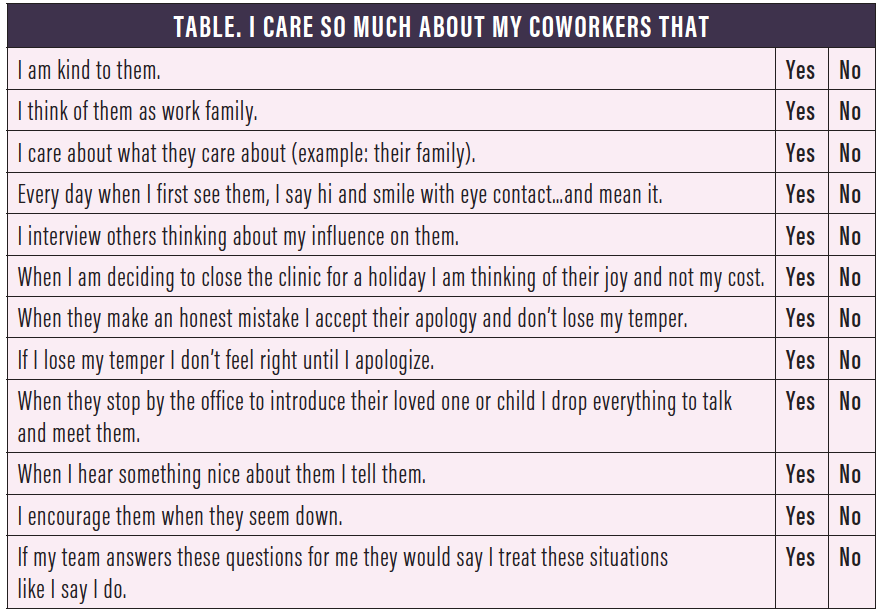
To create a great team experience, you need to invest time and money, and you need to allow activities to take place that lead to a great team culture. We are all busy doctors, and we don’t have the time to be the implementers of the great team culture that is necessary to lead to a great patient experience. That is why we need to invest in and allow the business leaders in our practice the time to attend meetings that teach them how to build a great team culture and patient experience.
In our practice, our business leaders start every day in a huddle with the team, which allows them to start the day with each other—just like a family does. During the huddle, everyone hears what’s going on for the day, and they learn something new and experiential.
The doctor-leaders need to allow time and resources for things such as this. We also close our whole center periodically for retreats that are dedicated to building a team culture and a patient experience. We read books and do breakout sessions to choreograph the patient experience at every touchpoint, from the phone call to the goodbye and everything in between. And when there’s a patient complaint, we take the time to dissect it in such a way that we can see where and how things went wrong and try to put systems in place to minimize the chance of that happening again.
MINDSET SURGERY
In trying to create a great team culture and patient experience, a practice needs to look at its mindset and make sure that it’s not fixed and resistant to change, but rather flexible enough to do what I call mindset surgery, which is to change in a way that catapults the team into modern-day medicine that goes way beyond providing the patient’s needs and includes caring deeply about how the patient feels.
I could write on and on about this topic, and I welcome readers to write to me with any questions about details. In brief, this is what’s new in modern-day patient care. As a matter of fact, I like to say that what is new is actually old. It all comes down to how we treat people. In this digital age, personal interactions have diminished, and I believe that it is for this reason that personal interactions are so valued when they do happen.
Be progressive in your technology and skills, and be old fashioned in the people part of your business. Patients want to know how much you care before they care how much you know. And practices that understand this and implement it the best will be the most successful. Not only will it increase you and your team’s joy and job satisfaction, but the patients you touch will tell the world.

